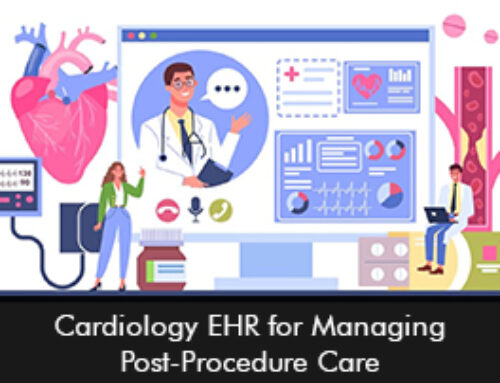Patient communication is a vital part of healthcare. Effective communication through various digital channels ensures that patients are satisfied throughout their care journey and in turn, boosts health outcome levels. A successful practice knows that communication is key to preventing patients from walking out of the clinic door and never returning.
Patient Preferences and Communication in Healthcare
Recently, Bandwidth surveyed 1,500 Americans asking about their communication preferences during their care journey. Surprisingly, 55% of respondents revealed that they were keen to change their healthcare provider if they didn’t meet their communication liking.
So practices can avoid losing 55% of their patients due to poor or inefficient digital communication. The right communication options and strategies can help build patient trust and help in patient retention.
Three key findings from the survey
The surveyed participants were asked about their communication preferences when making appointments, rescheduling, receiving reminders, refilling medications, and getting test results.
- Text messaging is a powerful communication tool: 41% of respondents were ready to switch providers if they did not offer text messaging as a communication channel option. SMS texting was the most favored choice of respondents to receive test results and appointment notifications.
- Traditional phone calls are still preferred: Text messaging earned the top communication channel badge. However, traditional phone and voice calls are still preferred by patients when rescheduling appointments.
- Relationship between income and patient preferences: The survey furthermore shed light on the link between patient incomes and their communication preferences. Respondents with an income of $75k and under preferred text messaging and phone calls as a communication method. Whereas respondents with an income of $100K and over are flexible to change and like practices using digital apps and technology solutions like the Patient Portal EMR Software platform.
A full-proof patient communication and engagement strategy
To accommodate varied patient preferences, healthcare organizations should use digital communication technologies in addition to traditional communication channels. Telemedicine, patient portals, and social media can be utilized in tandem with traditional in-person care to provide patients with more accessible and convenient healthcare services.
It is critical to verify that any digital communication channels employed are HIPAA compliant and that patient privacy and confidentiality are protected. A variety of communication channels should be used to empower patients according to their preferences.







